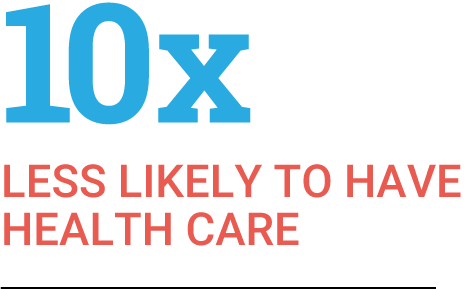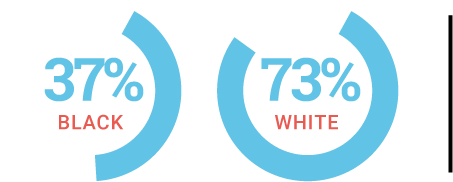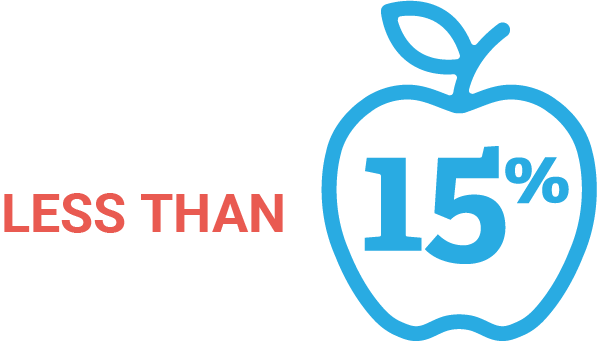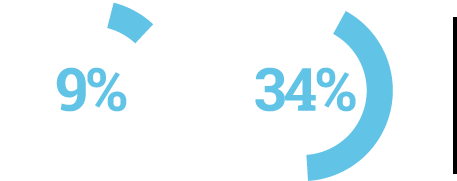ABOUT
THE INDY RACIAL
EQUITY PLEDGE
The Indy Racial Equity Pledge was started in October 2020 by a coalition of corporate and civic organizations in Central Indiana as a way for organizations to commit to advancing racial equity in Indianapolis and neighboring communities.
Each pledging organization will report on progress of their commitments. Bookmark this site for more information on future updates.
Action. Accountability. Cooperation.
These are the three core tenants of the Indy Racial Equity Pledge:
Organizations must be committed to meaningful action and impact through the ongoing commitment of resources.
They must have measurable goals to be held accountable to the African American community and to each other.
Through the support of and for African Americans, participating businesses can help create a more racially equitable Central Indiana.
By making a pledge, your organization can truly make a difference in building racial equity and an inclusive community.
Why Should Your Organization Make a Pledge?
Your organization has an opportunity right now to take action that truly makes a difference. And there is much to be gained as a result. Your organization’s pledge to address racial disparities will help create a healthier, better educated, more sustainable and more productive society — one where everyone has the opportunity to reach their full potential.
WHAT WILL YOUR PLEDGE SUPPORT?
Central Indiana won’t resolve systemic inequity without first acknowledging the interconnected nature of racial disparities. That’s why the Indy Racial Equity Pledge includes four areas of focus — all co-factors in improving the lives of all African Americans who call Central Indiana home.

From food deserts to coronavirus cases and deaths, African American people are disproportionately impacted by disease and chronic conditions. Even more alarming, the CDC has found the average life expectancy of African Americans to be four years lower than the national average.
When African American communities have access to health resources, the entire community is healthier.

African Americans are 10X less likely to have a personal healthcare provider than their white peers.

Systemic practices have limited African Americans’ ability to accumulate generational wealth, including policies relating to homeownership and home values. Indianapolis’s redlining policies of the 1930s and ‘40s prevented African Americans from the same opportunities to build wealth through homeownership. What’s more, rising rental costs and predatory rent-to-own schemes make it hard to save enough money for a down payment.
Homeownership is one of the main ways to accumulate wealth and build neighborhood stability.

In Indiana, African American homeownership rate is 37% while White homeownership is 73%.

The achievement gap between African American students and their White counterparts is not determined by intellect or ability. Other factors are at play, including lack of financial resources at home or in school districts, access to coursework remediation programs, and inadequate wraparound services for first-generation college students.
It is time to close this achievement gap so all Central Indiana students can reach their full potential.

Compared to 43.3% of White students, fewer than 15% of African American students in grades 3 through 8 passed both math and English portions of the ILEARN.

Incarceration rates are disproportionately high for African Americans across the nation and here in Central Indiana. For those who are released from prison, their criminal record can make it difficult to find a job with a living wage, housing, and financial assistance. According to a study by the Brookings Institute, only 20% of ex-prisoners earn more than $15,000 a year.
All citizens have a right to equitable treatment and meaningful participation in their community.

Although African Americans accounted for just 9% of Indiana’s adult population, they comprised 34% of the prison population in 2017.
Join those that have already pledged to make real change for the Indianapolis area.
Email us to find out how your organization can join the fight for racial equity in Central Indiana.

